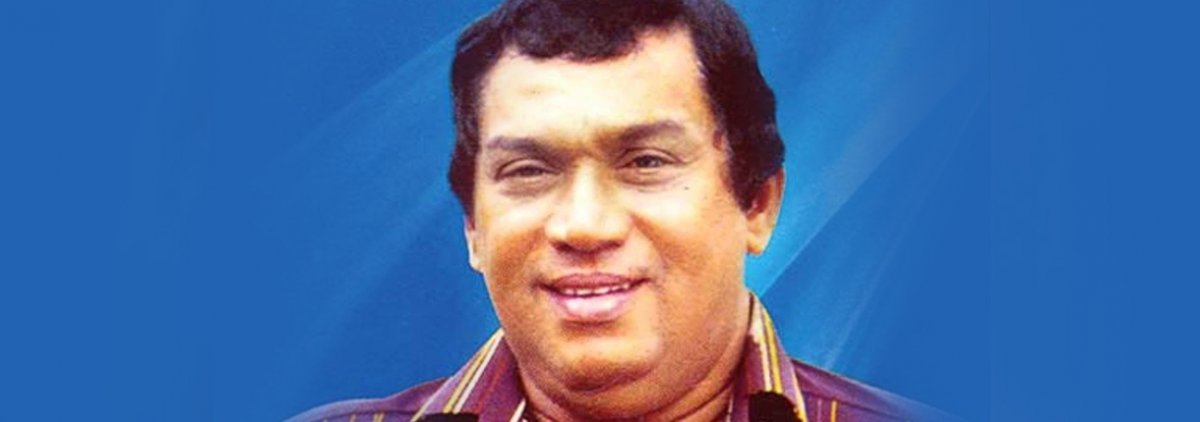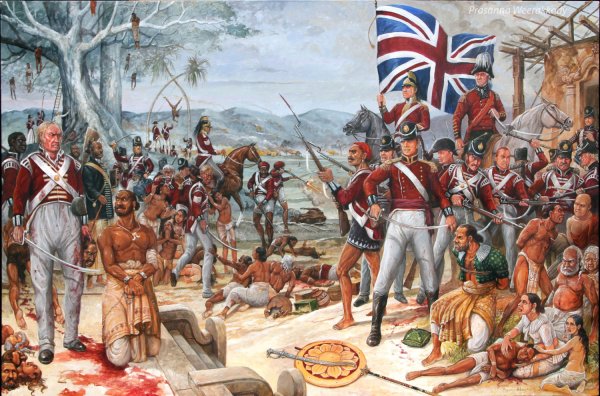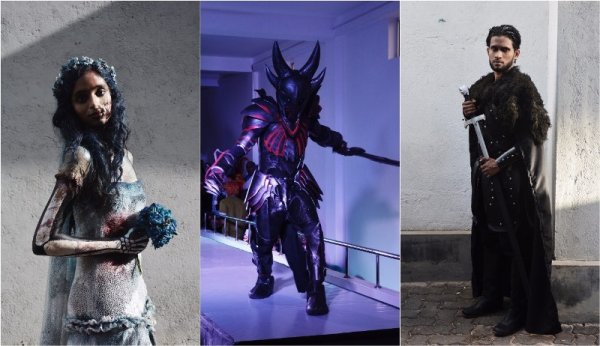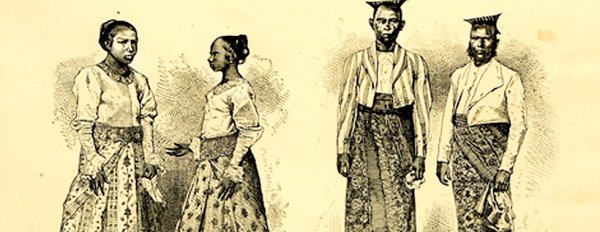
Sri Lanka’s popular cinema and pop music are closely related, and in their earliest days they both were very closely connected to Indian Hindi cinema. The reason for this is that the earliest Sinhala language films were all made with the services of Indian artistes.
For example, according to Ranee Savarimutthu’s On the Development of Sinhala Cinema, South Indian producer S. M. Nayagam, who played an important role in the development of the first Sri Lankan film, constructed a studio in Madurai, India, in 1945 for making a Sinhala film. After Sri Lankan independence, when travel to and from India became difficult, he moved his studio to the island to reduce costs but continued using talent from India for his films. Even Sri Lankan filmmaker B. A. W. Jayamanne, who made his own films parallel to S. M. Nayagam, followed Nayagam’s Indian formula.
This relationship between Indian and Sri Lankan films was so close that if you look at the songs from these films, many of them use music from an earlier Hindi film song.
Early Days
Kolompure Shriya is a song from the 1952 Sinhala film Umathu Wishwasaya (The Mad Belief). A super hit starring superstars Eddie Jayamanna and Rukmani Devi, this song is sung by Eddie Jayamanna himself and tells of the beauty of Colombo. The name literally means ‘The Beauty of Colombo’ and mentions the many shops of Pettah, tram cars, double decker buses and the shameless young men and women at the beach in shorts, among other things.
However, the music for this song is from the Hindi song Kusoor Aap Kaa, which is a simple playful interaction between the characters of Karan Dewan and Vyjayantimala from the 1951 film Bahar. It is sung by Kishore Kumar and Shamshad Begum in a male and a female version and the music is by S. D. Burman.
Mavila Penewi Rupe (A Vision of the Heart) is from the 1953 film Kalaa Handa (Forest Moon) and is sung by Rukmani Devi, who also starred in the film. It is a song about heartbreak and letting go of your love.
The music is from the song Mera Qarar Leja sung by Talat Mahmud and Lata Mangeshkar in the 1952 film Ashiana.
H.R. Jothipala
Hettiarachchige Reginald Jothipala is a prolific, talented and a much beloved playback singer from Sri Lankan cinema. From the 1950’s to the 1980’s he lent his voice to many films to much public acclaim. He was known as Hadawatha Rathran Jothipala or “golden hearted Jothipala”. But critics often slammed his songs for being simple pop music, and for using melodies from Hindi music, many of which were from Mohammad Rafi songs.
Ninda Nene Rathriye (In The Night Where Sleep Does Not Come) is a song about a young man who can’t fall asleep because he’s thinking of his lover. It was written by Ajantha Ranasinghe. The song Nawaka Chandra Rajini by Milton Perera also uses the same melody.
The melody is by Ravi for the song Chaudhvin Ka Chand Ho sung by Mohammad Rafi, which has a similar meaning to the Sinhala song. It is from the film Chaudhvin Ka Chand and was written by Shakeel Badayuni.
The 1969 film Ek Phool Do Mali, which is an adaptation of the English movie “Fanny” from 1961, was very popular in Sri Lanka, as were its songs. Many of which, like O Nanhe Se Farishte, Tujhe Suraj Kahoon Ya Chanda and Aulad Walon are still heard on the radio.
Aulad Walon especially, a song about helping the unfortunate, which was sung by Mohammad Rafi and Asha Bhosle with music/lyrics by Ravi, is also heard in a Sinhala version called Sobava Hanga Mey Lo Thale (The Beauty of this World was Hidden From Me), sung by Jothipala. It’s about a blind man lamenting about the things he cannot see anymore. It is from the 1972 film Mey Daasa Kumatada? (What Are These Eyes For?) starring Vijaya Kumaratunga and Malini Fonseka.
In The New Millenium
“Sampling”, “the technique of digitally encoding music or sound and reusing it as part of a composition or recording”, is a common practice in the modern music industry. In the west, it is used often and listeners/critics can hear which tracks influenced the song. It is also something we’ve seen in Sri Lanka.
The 1967 Hindi film Milan has a soundtrack that’s loved to this day, thanks to lyricist Anand Bakshi and composers Laxmikant Shantaram Kudalkar and Pyarelal Ramprasad Sharma, better known as Laxmikant–Pyarelal. Their most popular work from this film is the song Sawan Ka Mahina sung by Mukesh and Lata Mangeshkar, a song that’s much loved in Sri Lanka.
Bathiya and Santhush are pioneering superstars of modern Sri Lankan pop music. In 2007 they came out with their superhit ballad Meedum Selen Pawee which features Randhir and Ashanthi. They were very upfront about the fact that the song was based on Sawan Ka Mahina, with part of the Hindi song sampled directly and an acknowledgement of an “Sri Lankan-Hindi remix” in the lyrics itself.
Around the same time, hip-hop producer Iraj also released his own track Sawan (remix), featuring Teesha, Infaas and Killer B, which is also based on the same song. The lyrics are…interesting to say the least, especially when you listen to the first rap section.
They weren’t, however, the first Sinhala artists to use this song. There is a lesser known H. R. Jothipala song called Adara Sihine Denna (Two in a Dream of Love) which is also based on Sawan Ka Mahina.
Iraj himself found success with his song Aloke Genadevi Sansaraye (Remix) (You Bring Light to My Samsara Journey), which is based on an older Sinhalese song.
That song is the 1957 song of the same name that was first sung by Indian singer Jikki in the film Aiyayi Malliyi (Brothers). In fact, the son and widow of the late Herbert M. Seneviratna, who wrote this song, sued Iraj for violation of intellectual property rights.
The melody to that song, which was later used by Iraj, is from the Hindi song Mera Chhota Sa sung by Lata Mangeshkar with music by A. Dharshan, from the film Bhai Bhai (1956) starring Ashok Kumar, Kishore Kumar and Nimmi.
These are only a few of the many overlaps between the music and film of Sri Lanka and India, which has resulted in wonderful works in several languages. Perhaps it is generous to call these inspirations and homages and enjoy each in its context for the beauty that it brings.
Cover Image: H. R. Jothipala, courtesy: fmderana.lk








